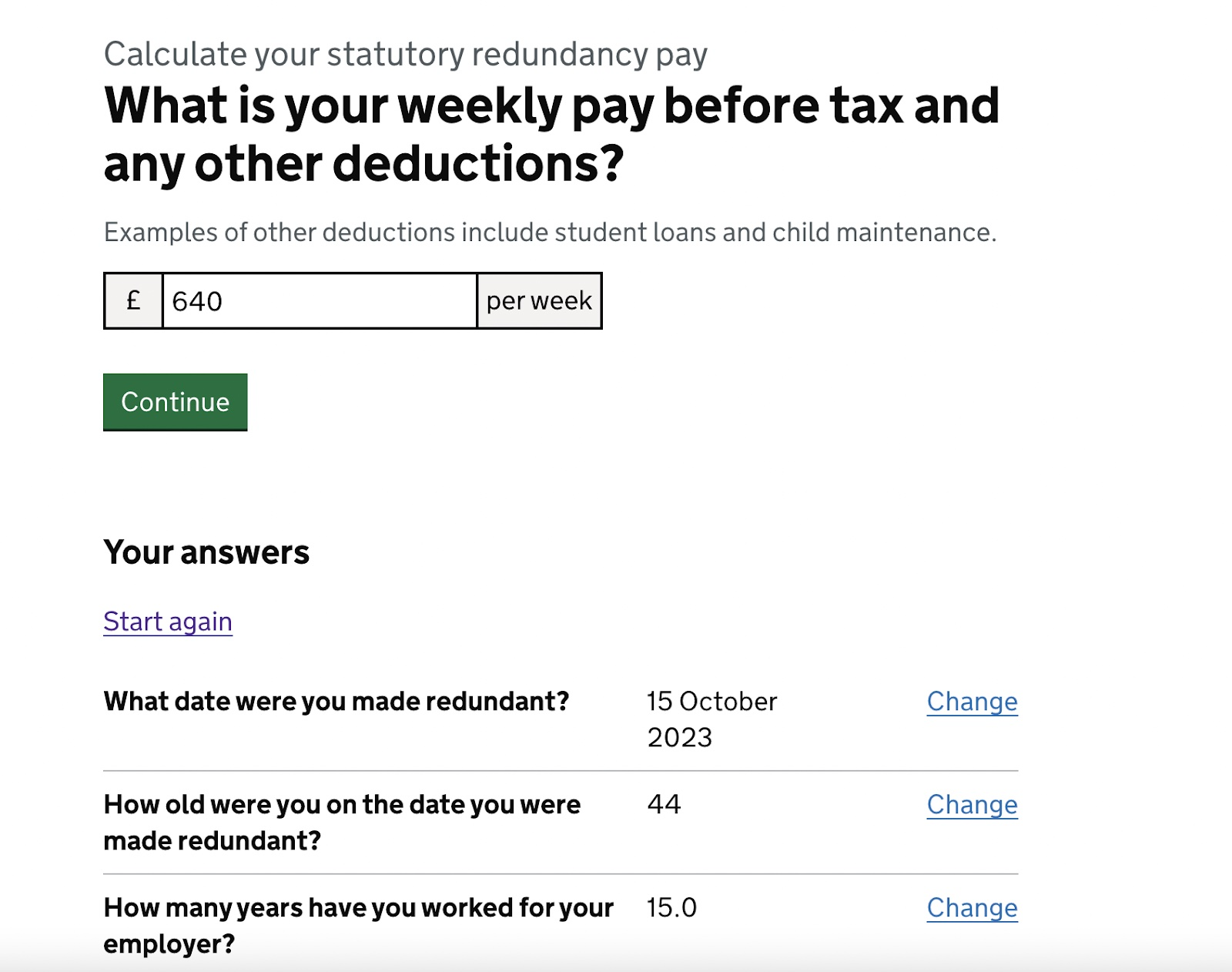Redundancy Pay If Company Goes Bust: Understanding Your Entitlements in the UK
Redundancy Pay If Company Goes Bust: Understanding Your Entitlements in the UK
Blog Article
Checking Out the Interaction Between Company Redundancy and Business Adaptability for Future Growth
In the dynamic landscape of today's organization globe, the detailed relationship between firm redundancy and organizational flexibility emerges as an essential variable for continual growth and success. Firms often encounter the obstacle of striking a fragile equilibrium between preserving a level of redundancy to reduce dangers and fostering versatility to react swiftly to the ever-evolving market demands.
Importance of Firm Redundancy
Business redundancy is a critical component that boosts organizational strength and reduces functional threats. By incorporating redundancy actions within the business structure, companies can much better hold up against unanticipated disturbances and fluctuations in business environment. Redundancy functions as a strategic buffer, permitting business to adjust and react efficiently to unforeseen difficulties without jeopardizing necessary operations.
One secret element of the relevance of business redundancy is its role in making certain continuity during times of dilemma. When confronted with unexpected modifications or emergency situations, redundant systems, sources, or workers can step in to maintain crucial features and protect against prevalent disruptions. This continuity not just safeguards the business's credibility and customer depend on however likewise decreases monetary losses and functional downtime.

Methods for Organizational Adaptability

One more vital method is investing in technology and facilities that can support versatility and scalability. Implementing electronic devices, automation, and data analytics can improve procedures, enhance performance, and offer important understandings for notified decision-making. Additionally, creating versatile business frameworks that permit for fast adjustments to market dynamics and client demands is essential for staying affordable in a quickly evolving environment. By proactively identifying possible interruptions and chances, companies can proactively adjust and flourish in an ever-changing company landscape.
Balancing Redundancy and Adaptability
Attaining an unified stability in between functional redundancy and organizational versatility is paramount in browsing the intricacies of a vibrant company atmosphere. Striking the ideal equilibrium in between redundancy and flexibility is a delicate process that needs a deep understanding of the company's goals, market dynamics, and threat tolerance.
To accomplish this equilibrium, companies need to carry out routine analyses of their procedures to determine locations where redundancy is essential for risk mitigation and where flexibility can drive innovation and growth. Carrying out adaptable structures, promoting a society of continuous knowing and enhancement, and motivating open interaction throughout all degrees of the company are crucial methods to balance redundancy and versatility efficiently. By aligning these 2 critical elements, firms can place themselves for lasting growth and success in an ever-changing business landscape.
Study on Adjustment Success
In examining circumstances of effective organizational adjustment, it becomes noticeable that the interplay between operational redundancy and adaptability is a specifying consider shaping resistant companies. One engaging study is that of you could try these out Netflix. At first a DVD rental service, Netflix demonstrated remarkable adaptability by transitioning right into a streaming platform when digitalization interfered with the market. By tactically spending in technology and content production, Netflix not just made it through but flourished in a quickly progressing market. Another standout instance is Amazon. Beginning as an on the internet book shop, Amazon continually adjusted its business design, expanding into diverse fields such as cloud computer and expert system. This flexibility enabled Amazon to remain ahead of rivals and meet altering customer demands. Last but not least, Adobe provides a significant image of effective adjustment. The firm shifted from marketing software application licenses to a subscription-based model, ensuring repeating profits streams and improved customer engagement. These case researches highlight review the importance of operational redundancy paired with business versatility in fostering lasting development and competitiveness.
Building Durability for Future Development
Building strength for future growth needs a tactical placement of functional processes with market dynamics and emerging trends. Firms have to adapt to transforming settings by fostering a culture of versatility, innovation, and continuous improvement.
Moreover, cultivating strong connections with stakeholders, such as consumers, staff members, distributors, and the neighborhood, is necessary for weathering uncertainties and keeping depend on and assistance throughout turbulent times. Reliable interaction and openness play a crucial function in building durability, as they assist help with and align assumptions cooperation in browsing uncertainties.
In addition, companies require to prioritize knowing and development campaigns to upskill you could check here employees and equip them with the needed tools to adapt to changing situations. By purchasing their workforce, firms can boost their versatility and dexterity, ultimately enhancing their durability for sustainable future growth.
Conclusion

In the vibrant landscape of today's service world, the complex connection in between business redundancy and organizational flexibility arises as an important aspect for continual growth and success. Companies frequently face the obstacle of striking a fragile equilibrium between maintaining a level of redundancy to mitigate risks and cultivating versatility to respond quickly to the ever-evolving market demands.To attain this equilibrium, companies require to conduct regular assessments of their procedures to determine locations where redundancy is essential for threat reduction and where versatility can drive development and development.In final thought, the interplay between business redundancy and organizational flexibility is important for future development. Structure resilience with a mix of redundancy and adaptability will certainly make certain that firms are prepared for the difficulties of the future.
Report this page